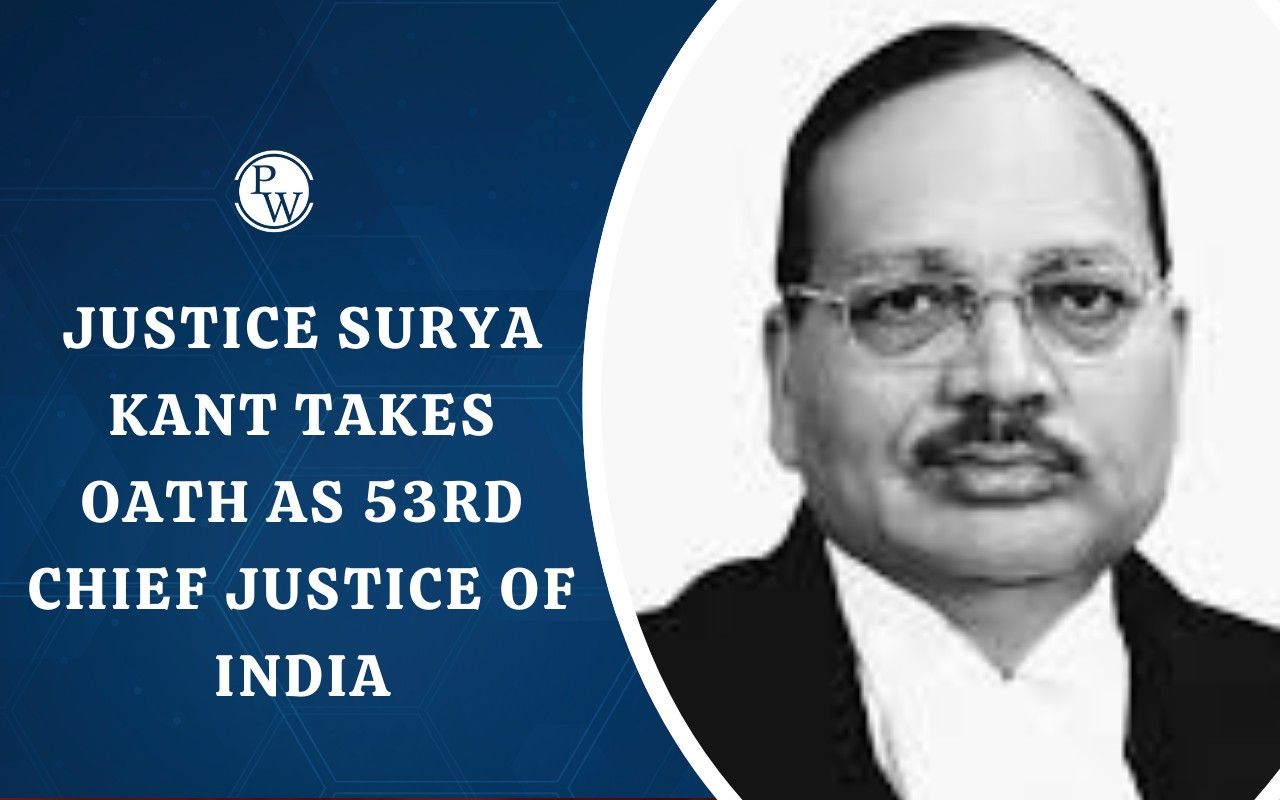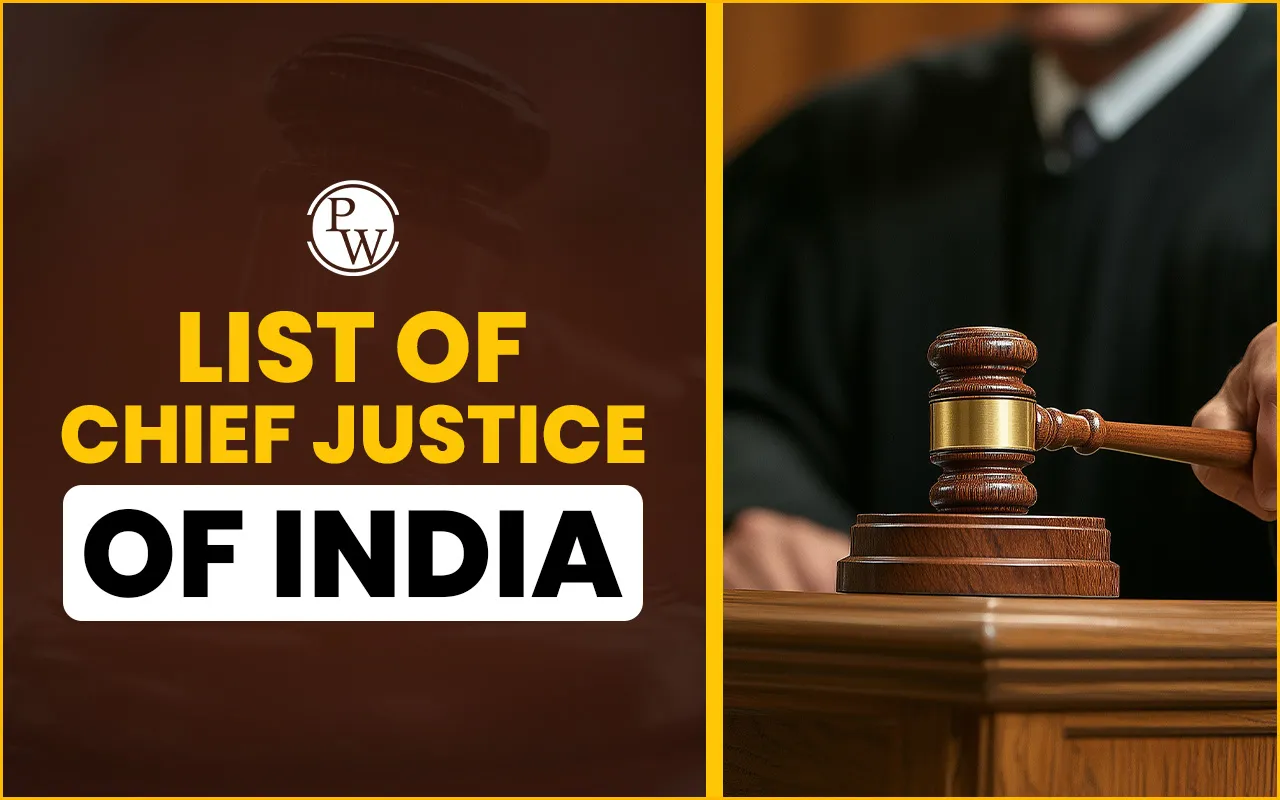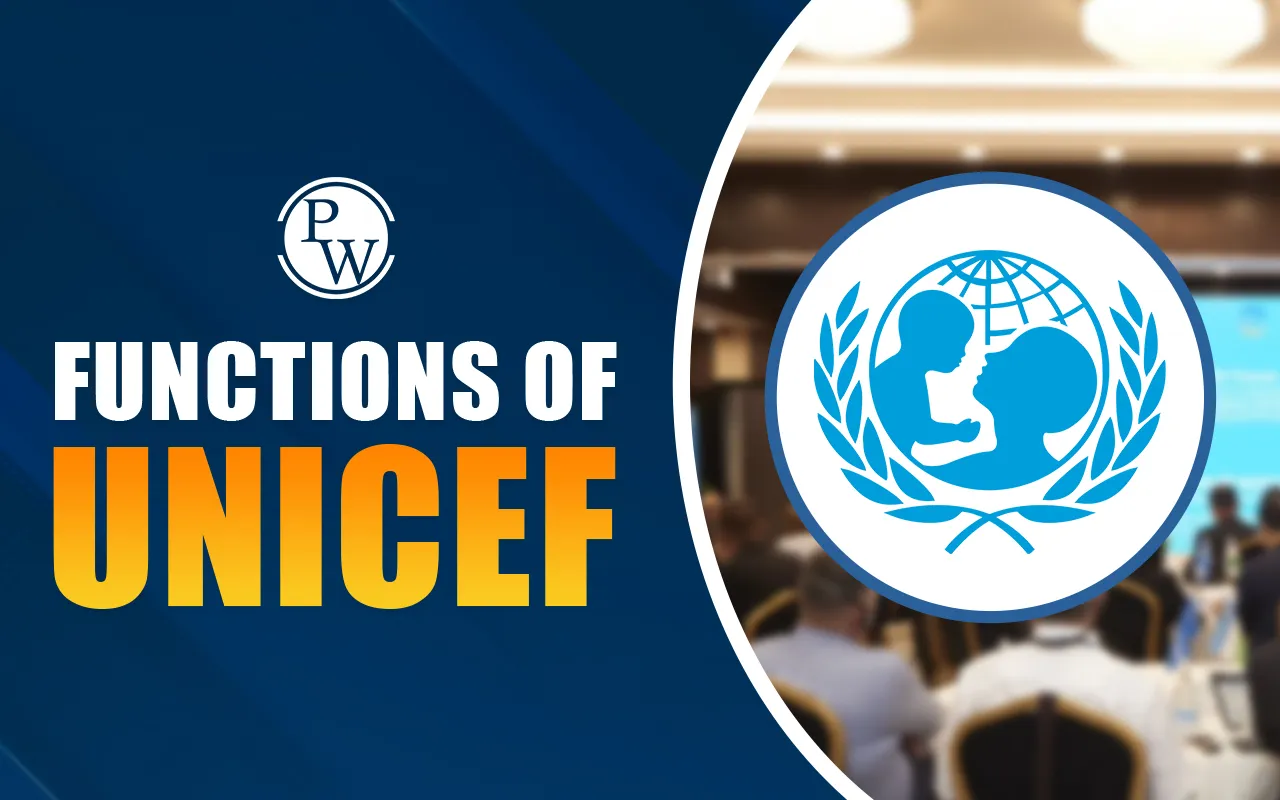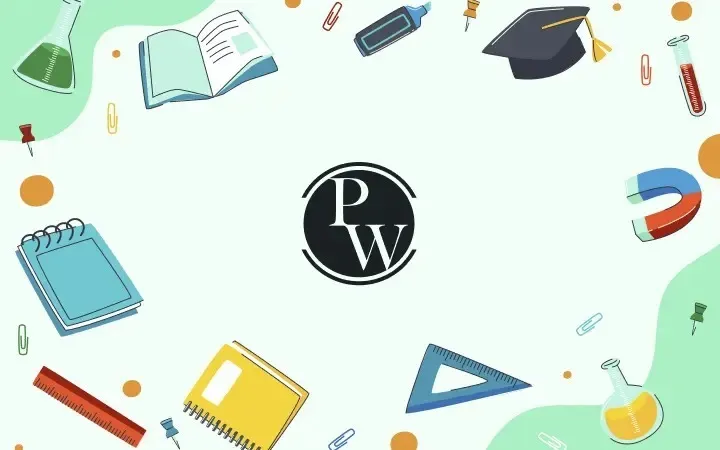
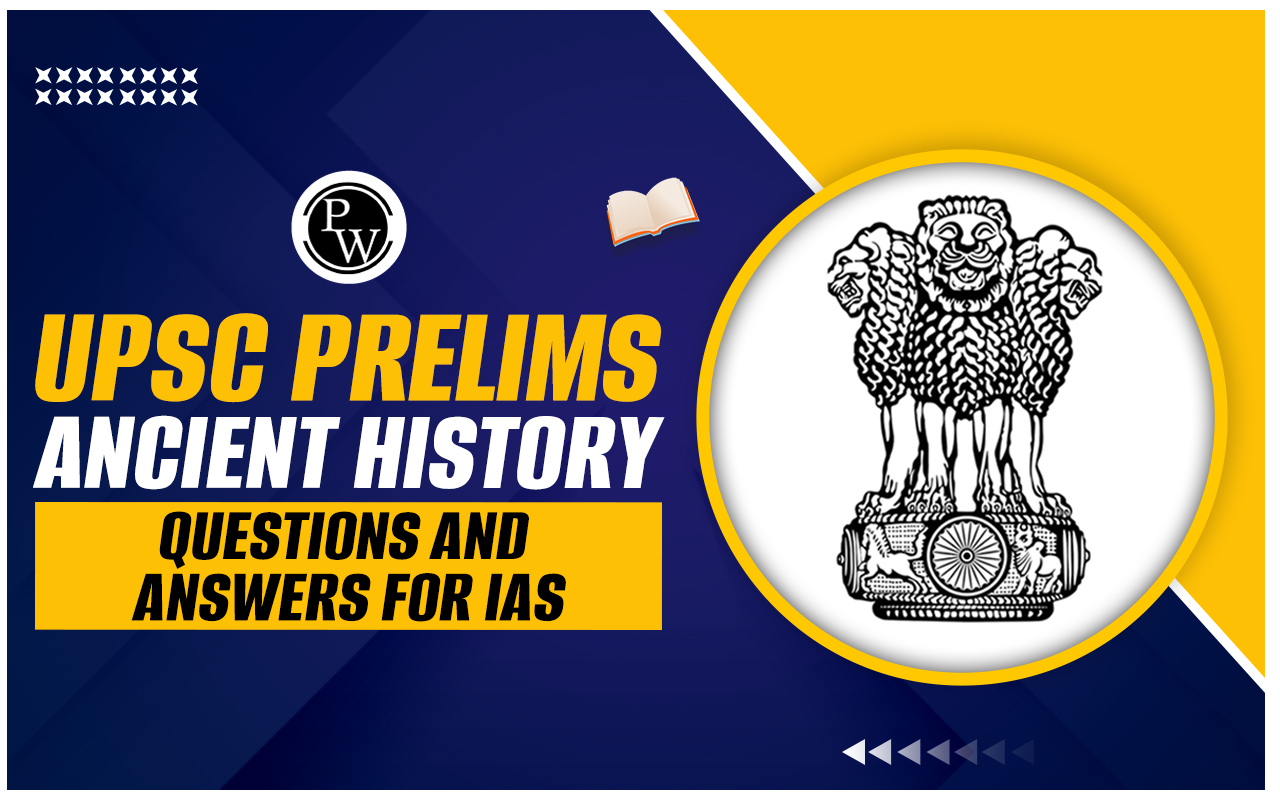
Ancient History Previous Year Questions must be revised well before the exam. The Ancient History of India holds a separate space in the UPSC Civil Services exam. Every year, 5 to 10 Questions on architecture, literature, dynasties, etc., are asked as a part of Ancient History as well as Art and Culture, which is why these two sections are often studied simultaneously.
Therefore, to perform well in this section, candidates should adopt a structured approach to their studies. One of the key strategies is to solve the previous year's UPSC Prelims Ancient History questions. Keep reading for UPSC Prelims Ancient History PYQs and analysis.
UPSC Prelims Ancient History PYQs
Ancient Indian History forms a crucial part of the UPSC Civil Services Preliminary Examination under the General Studies Paper I. Over the years, the UPSC has consistently asked questions from this section to test candidates' understanding of India's rich historical and cultural legacy. Ancient History PYQs not only help in identifying important themes and frequently asked topics but also provide insight into the nature and depth of questions expected in the exam. A focused analysis of PYQs can significantly enhance a candidate's preparation by highlighting areas like the Indus Valley Civilization, Vedic culture, religious movements, and early Indian empires.
Some of the important topics are:-
- Indus Valley Civilization
- Gupta Empire
- Vedic period
- Mauryan Empire
- Various other dynasties, cultures, and religions shaped India's past.
By reading the NCERT textbooks and standard history books, and analyzing past question papers to understand the trends and areas of emphasis.
UPSC Prelims Ancient History Questions with Answers
To score well in the Ancient History section of the UPSC Prelims exam, candidates should ensure that they have memorized the all-important facts and events. Candidates can learn history as a story from the pre-historic era to the later Gupta phase focusing on the socio-economic and cultural aspects. As you read a particular topic, solve related questions from the previous years and read detailed explanations. You can refer to PW Udaan History Booklets for this which will help you expand your knowledge and revise effectively. Here is the link to Ancient History questions that have been asked in UPSC Prelims with explanations:
| UPSC Prelims Solved PYQs | |
| Title | Link |
| Ancient History Questions with Answers | UPSC Prelims Ancient History PYQs |
| Other Subject Questions in UPSC Prelims | UPSC Prelims PYQs |
Ancient History Questions in UPSC Prelims 2024
The UPSC Prelims Ancient History Questions 2024 were from popular previous-year themes such as Buddhism. To prepare for the upcoming exam, candidates should analyze the previous year's papers to highlight important history questions. Here are Ancient History Questions from the UPSC Prelims 2024 exam:(c) Madhyama-vyayoga
(d) MahabhashyaQuestion 2: Sanghabhuti, an Indian Buddhist monk, who travelled to China at the end of the fourth century AD, was the author of a commentary on :
(a) Prajnaparamita Sutra
(b) Visuddhimagga
(c) Sarvastivada Vinaya
(d) LalitavistaraQuestion 3: With reference to ancient India, Gautama Buddha was generally known by which of the following epithets?
- Nayaputta
- Shakyamuni
- Tathagata
- 1 only
- 2 and 3 only
- 1, 2 and 3
- None of the above are epithets of Gautama Buddha
| Archaeological Site | State | Description | |
| 1 | Chandraketugarh | Odisha | Trading Port town |
| 2 | Inamgaon | Maharashtra | Chalcolithic site |
| 3 | Mangadu | Kerala | Megalithic site |
| 4 | Salihundam | Andhra Pradesh | Rock-cut cave shrines |
(b) 2 and 3
(c) 3 and 4Question 5: Consider the following statements:
- There are no parables in Upanishads.
- Upanishads were composed earlier than the Puranas.
(b) 2 only
(c) Both 1 and 2Ancient History Questions in UPSC Prelims 2023
Around 9 questions from the Ancient History and Art & Culture section were asked in the UPSC Prelims 2023. Some of the Art & Culture questions were from the medieval history part. The Ancient History questions in the UPSC Prelims 2023 exam were as follows:Question 2: With reference to ancient India, consider the following statements:
- The concept of Stupa is Buddhist in origin.
- Stupa was generally a repository of relics.
- Stupa was a votive and commemorative structure in Buddhist tradition.
How many of the statements given above are correct?
(a) Only one
(b) Only two
(c) All three
(d) None
Question 3: With reference to ancient South India, Korkai, Poompuhar, and Muchiri were well known as:
(a) Capital cities
(b) Ports
(c) Centres of iron-and-steel making
(d) Shrines of Jain Tirthankaras
Question 4: Which one of the following explains the practice of 'Vattakirutal' as mentioned in Sangam poems?
(a) Kings employing women bodyguards.
(b) Learned persons assembling in royal courts to discuss religious and philosophical matters.
(c) Young girls keeping watch over agricultural fields and driving away birds and animals.
(d) A king defeated in a battle committing ritual suicide by starving himself to death.
Question 5: Consider the following dynasties:
- Hoysala
- Gahadavala
- Kakatiya
- Yadava
How many of the above dynasties established their kingdoms in the early eighth century AD?
(a) Only one
(b) Only two
(c) Only three
(d) None
Question 6: With reference to ancient Indian history, consider the following pairs:
| Literary Work | Author |
| Devichandragupta | Bilhana |
| Hammira-Mahakavya | Nayachandra Suri |
| Milinda-panha | Nagarjuna |
| Nitivakyamrita | Somadeva Suri |
(a) Only one
(b) Only two
(c) Only three
(d) All four
Question 7: "Souls are not only the property of animal and plant life, but also of rocks, running water, and many other natural objects not looked on as living by other religious sects." The above statement reflects one of the core beliefs of which one of the following religious sects of ancient India?
(a) Buddhism
(b) Jainism
(c) Shaivism
(d) Vaishnavism
Question 8: Who among the following rulers of the Vijayanagara Empire constructed a large dam across the Tungabhadra River and a canal-cum-aqueduct several kilometres long from the river to the capital city?
(a) Devaraya I
(b) Mallikarjuna
(c) Vira Vijaya
(d) Virupaksha
Question 9: Consider the following pairs:
| Site | Well known for |
| Besnagar | Shaivite cave shrine |
| Bhaja | Buddhist cave shrine |
| Sittanawasal | Jain cave shrine |
Previous Trends of Ancient History PYQ UPSC Prelims
In the past few years, it has been noticed that Ancient History questions in UPSC Prelims have fluctuated until 2019 and increased in 2020. Chapters like the Indus Valley Civilization, Mahajanapadas, Post-Mauryan Era, Ancient Literature, etc. have been asked multiple times in the past year making these high-yield topics. Go through the trend of the past 10 years of Ancient History questions in UPSC Prelims to observe the evolution of patterns of themes recently:
Ancient History Questions in UPSC Prelims Topic Wise
As you analyze the Ancient History questions from the previous year's UPSC prelims, you will notice the repeating themes that have been asked in alternate years. Some themes, such as Jainism and Buddhism, repeat almost every year, making them highly important for the upcoming exam. Before starting to cover the Ancient History syllabus for UPSC Prelims, it is advised to check the topic-wise Ancient History questions in UPSC Prelims as provided here:Indus Valley Civilization
Question 1: Which one of the following ancient towns is well-known for its elaborate system of water harvesting and management by building a series of dams and channelizing water into connected reservoirs? (2021)
(a) Dholavira
(b) Kalibangan
(c) Rakhigarhi
(d) Ropar
Question 2: Which one of the following is not a Harappan site? (2019)
(a) Chanhudaro
(b) Kot Diji
(c) Sohgaura
(d) Desalpur
Vedic/Sangam Period
Question 1: Which one of the following statements about Sangam literature in ancient South India is correct? (2022)
(a) Sangam poems are devoid of any reference to material culture.
(b) The social classification of Varna was known to Sangam poets.
(c) Sangam poems have no reference to warrior ethic.
(d) Sangam literature refers to magical forces as irrational.
Question 2: With reference to the difference between the culture of Rigvedic Aryans and Indus Valley people, which of the following statements is/are correct? (2017)
- Rigvedic Aryans used the coat of mail and helmet in warfare, whereas the people of Indus Valley Civilization did not leave any evidence of using them.
- Rigvedic Aryans knew gold, silver, and copper, whereas Indus Valley people knew only copper and iron.
- Rigvedic Aryans had domesticated the horse, whereas there is no evidence of Indus Valley people having been aware of this animal.
Select the correct answer using the code given below:
(a) 1 only
(b) 2 and 3 only
(c) 1 and 3 only
(d) 1, 2 and 3
Jainism and Buddhism
Question 1: With reference to Indian history, consider the following pairs: (2022)
- Aryadeva — Jaina scholar
- Dignaga — Buddhist scholar
- Nathamuni — Vaishnava scholar
(a) None of the pairs
(b) Only one pair
(c) Only two pairs
(d) All three pairs
Question 2: With reference to the religious history of India, consider the following statements: (2020)
- Sthaviravadins belong to Mahayana Buddhism.
- Lokottaravadin sect was an offshoot of Mahasanghika sect of Buddhism.
- The deification of Buddha by Mahasanghikas fostered Mahayana Buddhism.
Which of the statements given above is/are correct?
(a) 1 and 2 only
(b) 2 and 3 only
(c) 3 only
(d) 1, 2 and 3
Question 3: With reference to the religious practices in India, the "Sthanakvasi" sect belongs to: (2018)
(a) Buddhism
(b) Jainism
(c) Vaishnavism
(d) Shaivism
Mauryan Empire (Ashoka Period)
Question 1: “Whosoever praises his religious sect or blames other sects out of excessive devotion to his own sect, with the view of glorifying his own sect, he rather injures his own sect very severely.” (2020)
(a) Ashoka
(b) Samudragupta
(c) Harshavardhana
(d) Krishnadeva Raya
Question 2: In which of the following relief sculpture inscriptions is ‘Ranyo Ashoka’ (King Ashoka) mentioned along with the stone portrait of Ashoka? (2019)
(a) Kanganahalli
(b) Sanchi
(c) Shahbazagrhi
(d) Sohgaura
- The Guptas of Magadha
- The Paramaras of Malwa
- The Pushyabhutis of Thanesar
- The Maukharis of Kanauj
- The Yadavas of Devagiri
- The Maitrakas of Valabhi
- Panini is associated with Pushyamitra
- Amarasimha is associated with Harshavardhana
- Kalidasa is associated with Chandra Gupta-II
Question 5: Which of the statements given above is/are correct?
(a) 1 and 2 only
(b) 2 and 3 only
(c) 3 only
(d) 1, 2 and 3
Gupta Period
Question 1: With reference to the scholars/litterateurs of ancient India, consider the following statements: (2020)
- Panini is associated with Pushyamitra
- Amarasimha is associated with Harshavardhana
- Kalidasa is associated with Chandragupta II
Which of the statements given above is/are correct?
(a) 1 and 2 only
(b) 2 and 3 only
(c) 3 only
(d) 1, 2 and 3
Question 2: With reference to forced labour (Vishti) in India during the Gupta period, which one of the following statements is correct? (2019)
(a) It was considered a source of income for the State, a sort of tax paid by the people.
(b) It was totally absent in the Madhya Pradesh and Kathiawar regions of the Gupta Empire.
(c) The forced labourer was entitled to weekly wages.
(d) The eldest son of the labourer was sent as the forced labourer.
Ancient History Questions in UPSC Prelims FAQs
How many questions come from the ancient history section in UPSC Prelims?
Is ancient history important for the UPSC Prelims exam?
Can I skip the ancient history for the UPSC exam?
How to memorize Ancient History for UPSC Prelims?
Are questions from Ancient History factual or analytical in UPSC Prelims?



